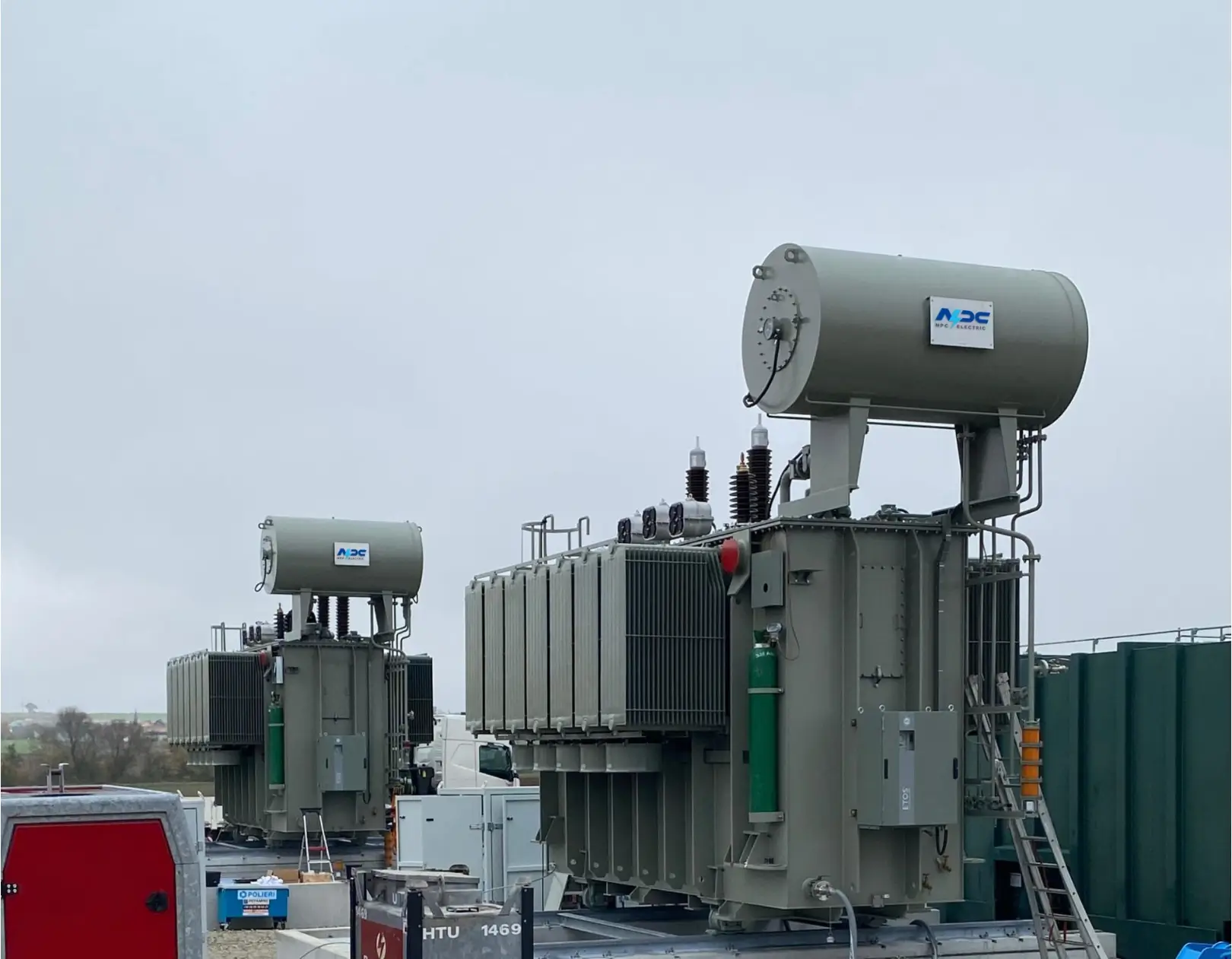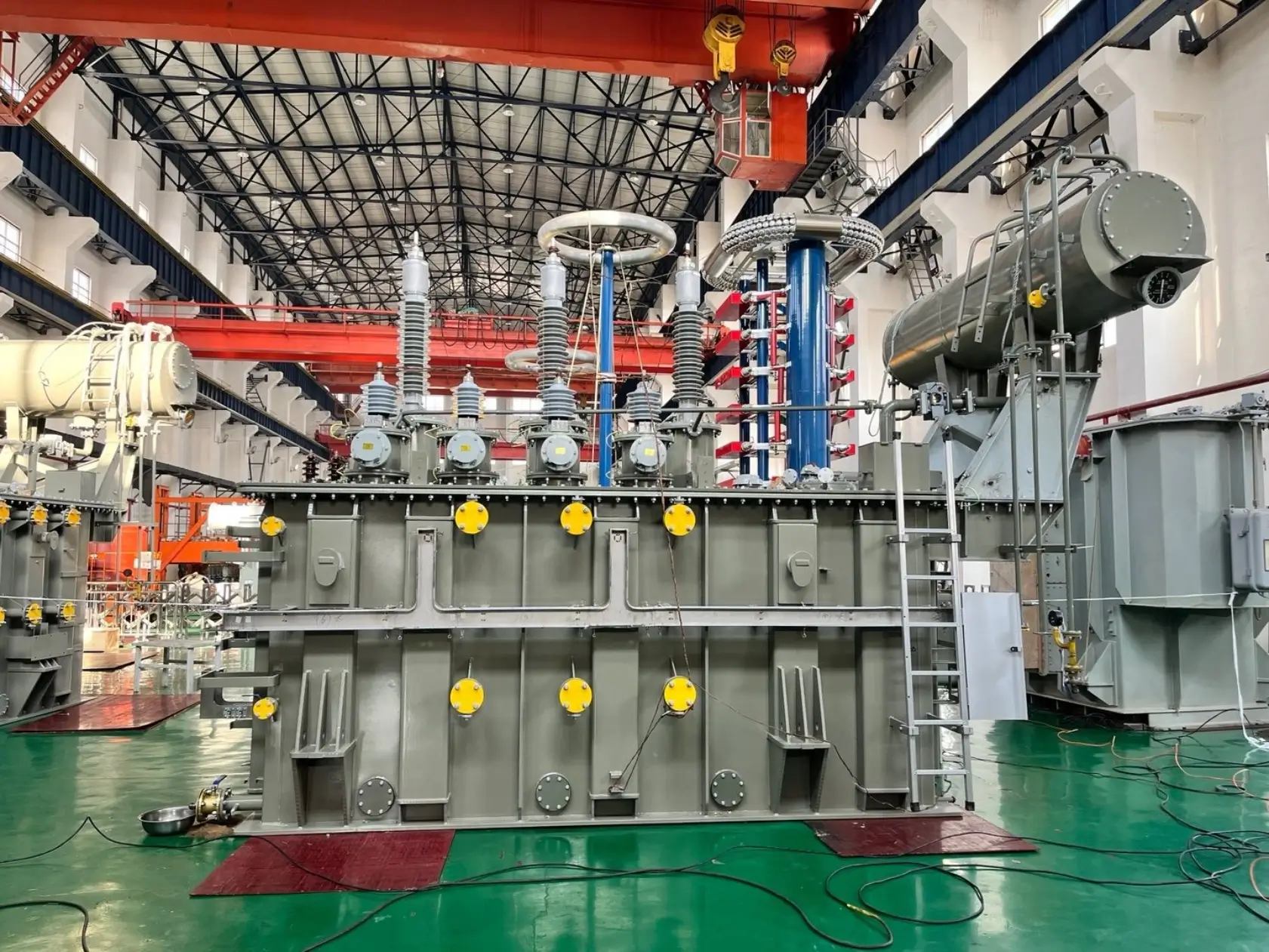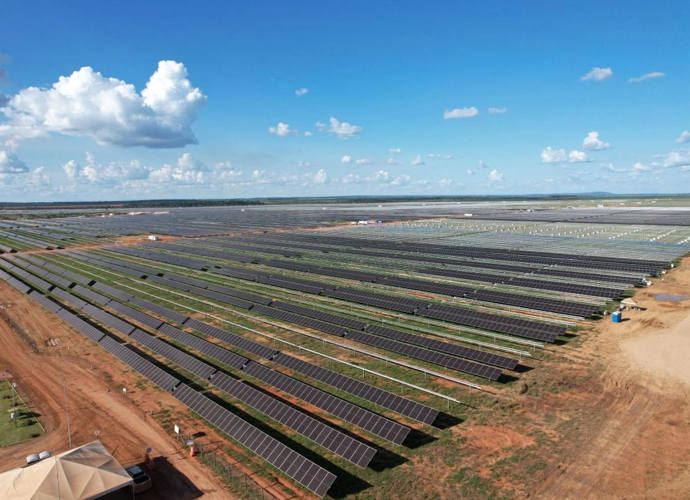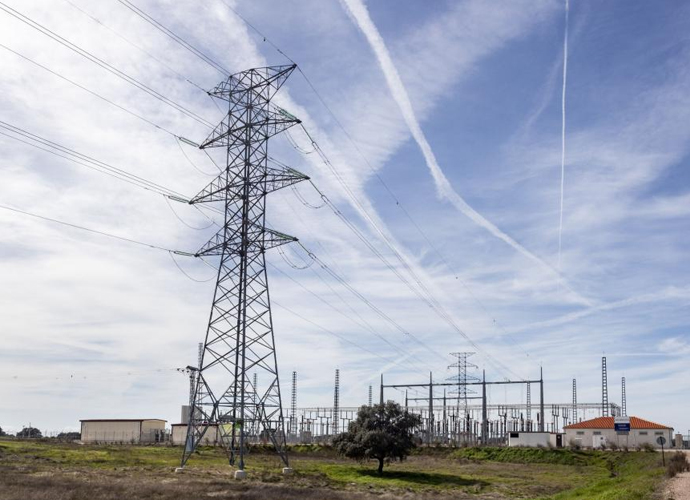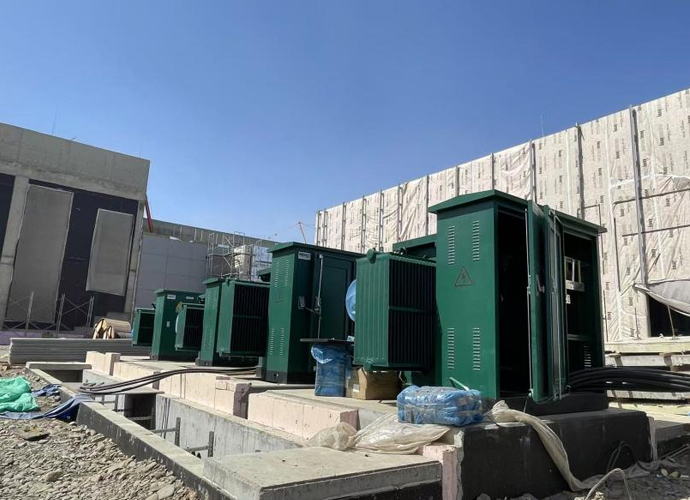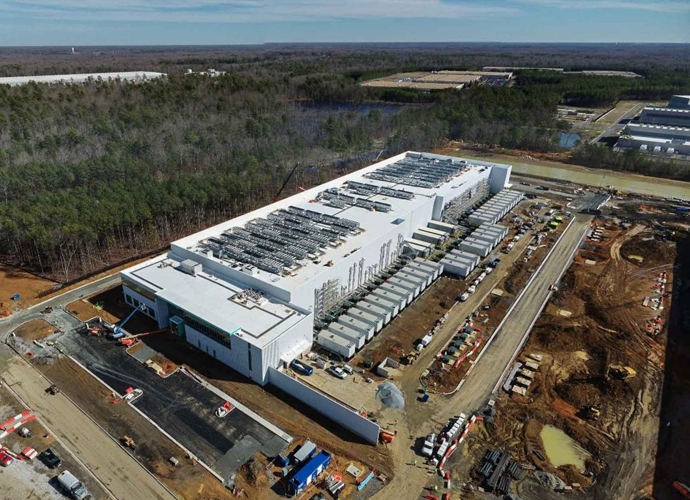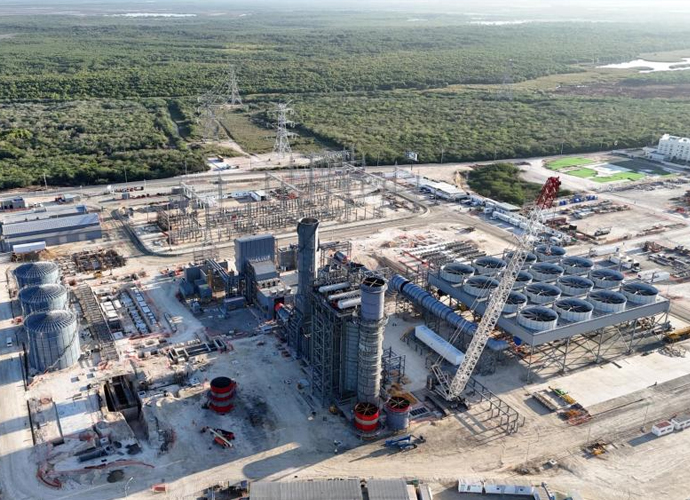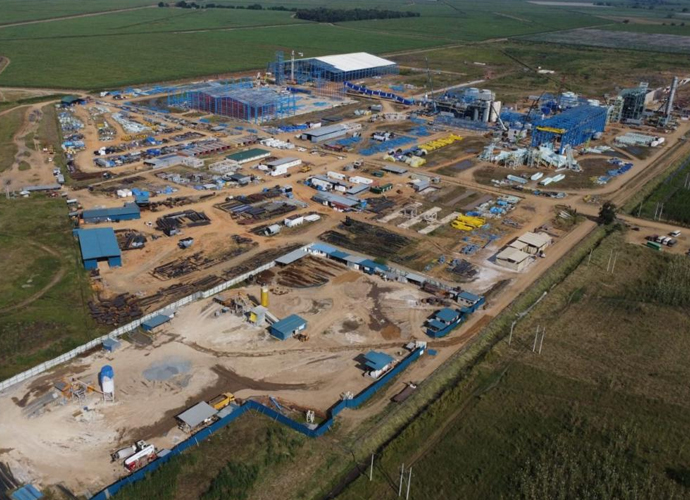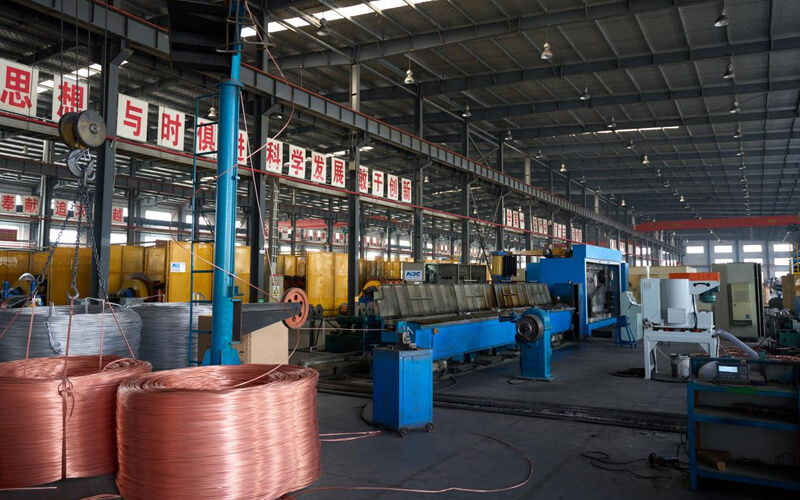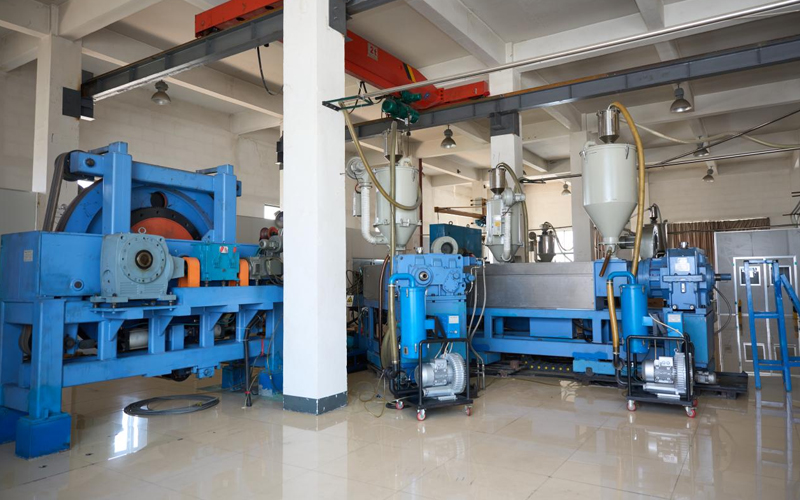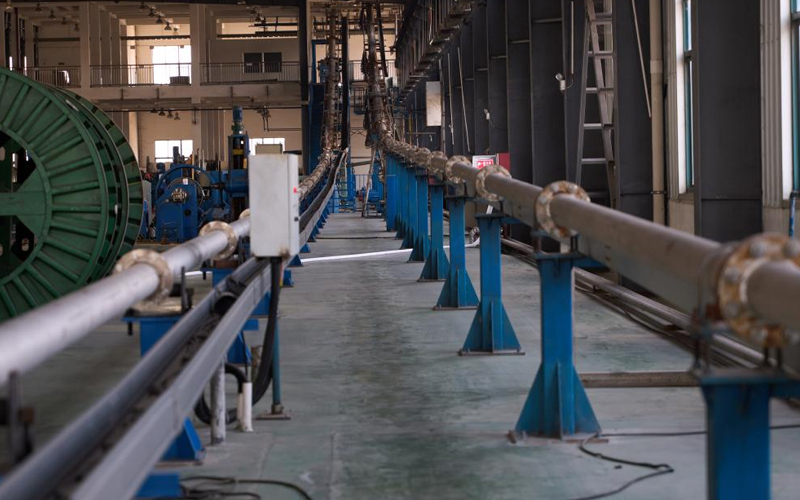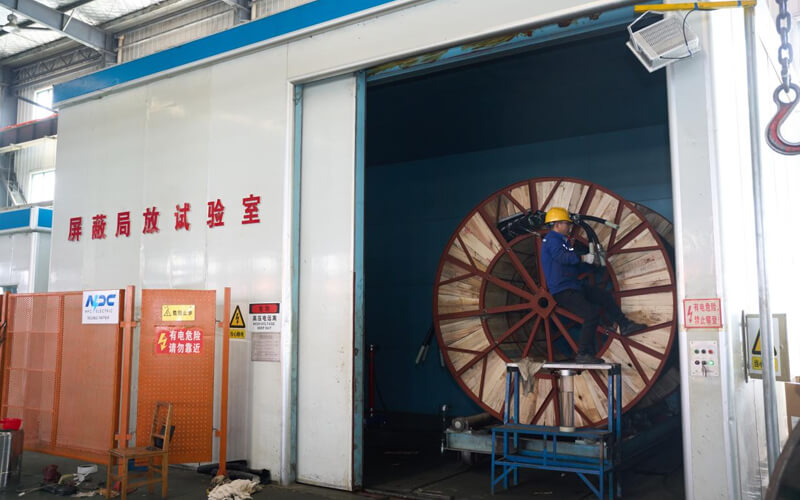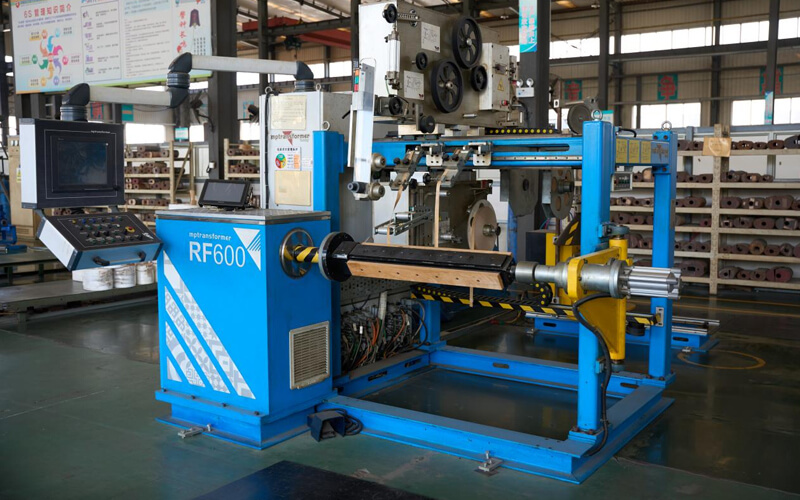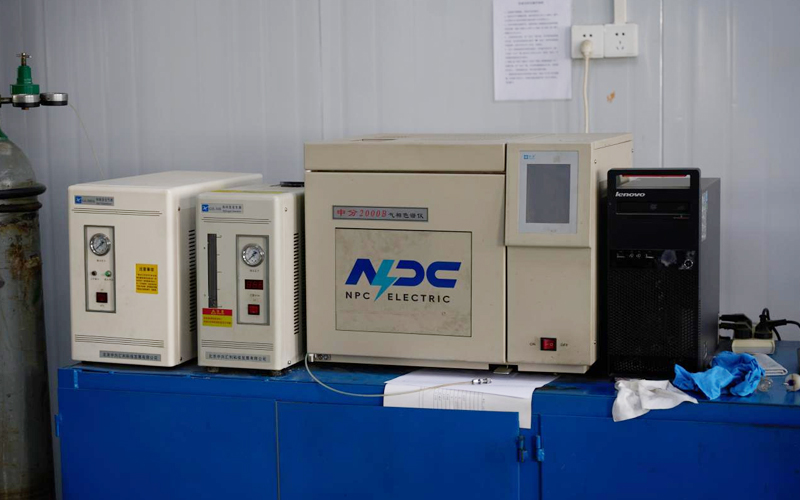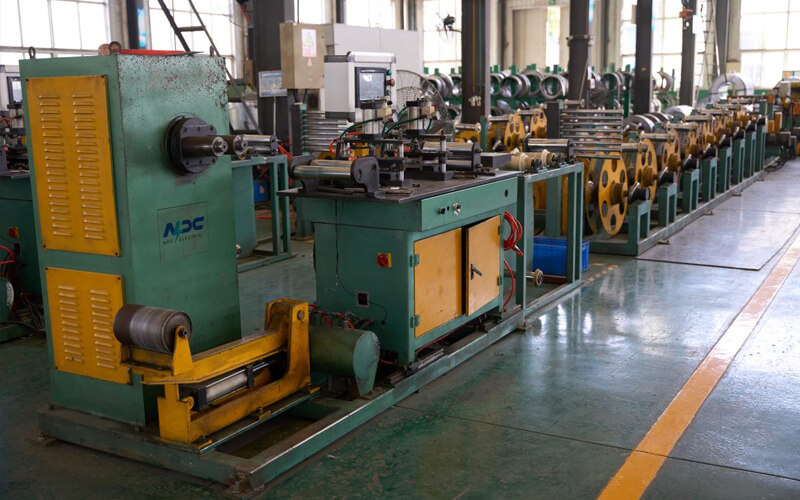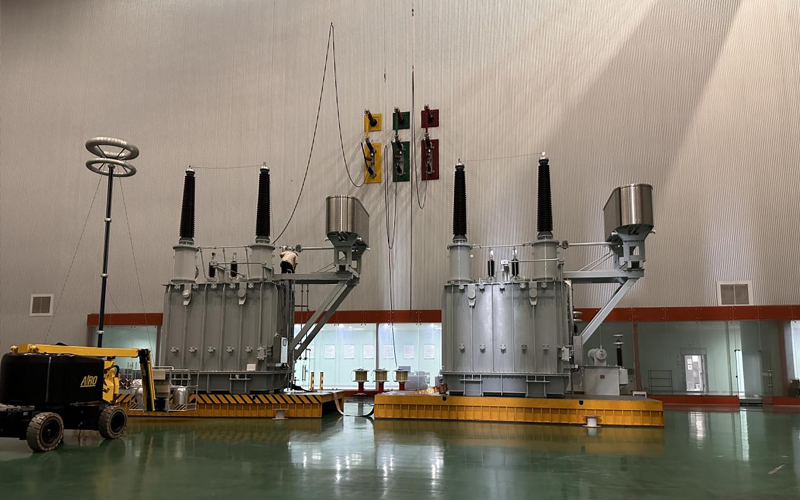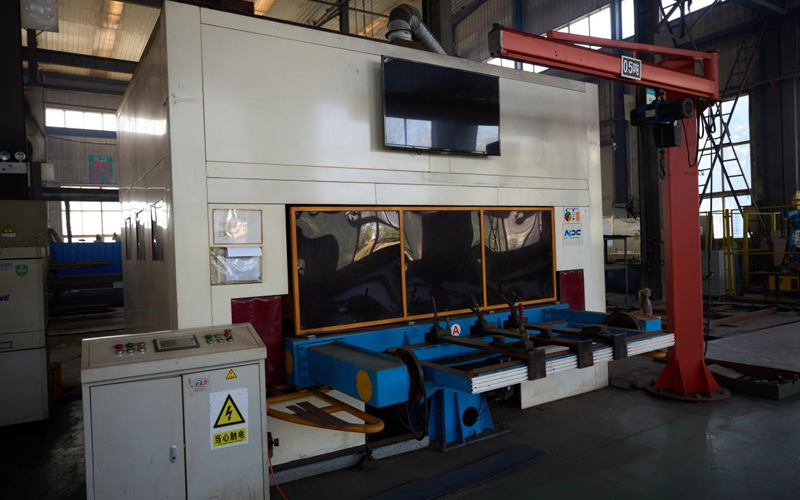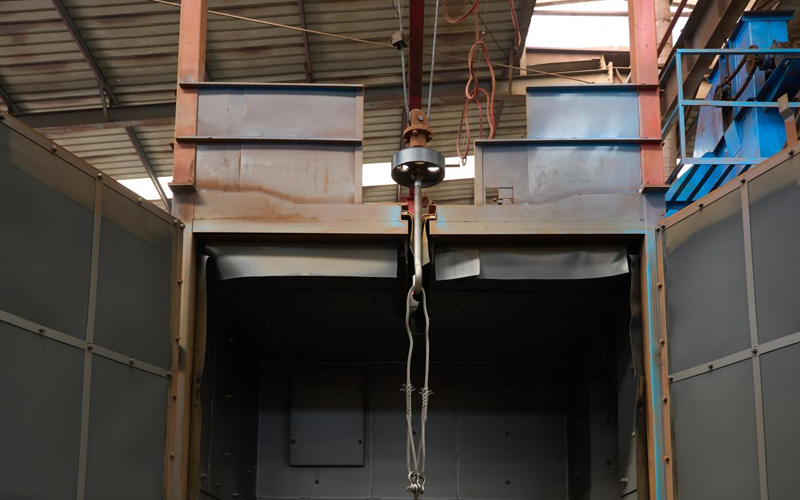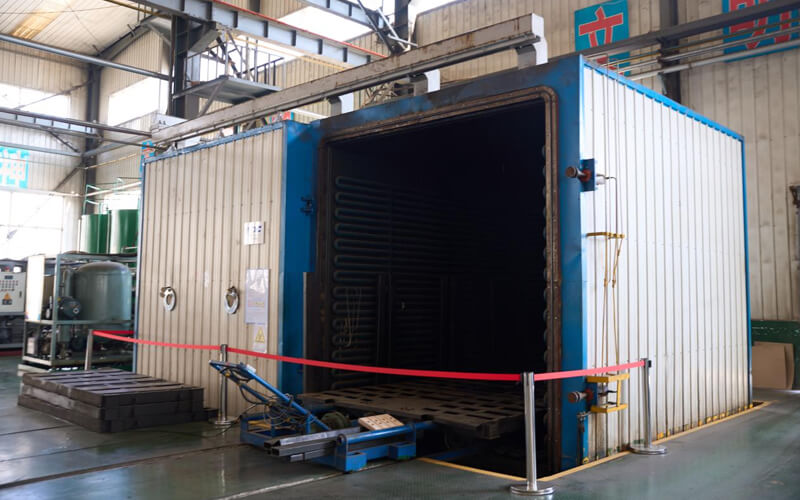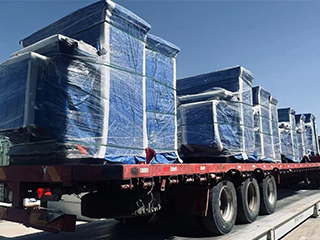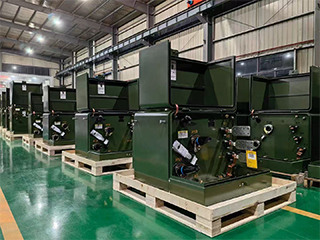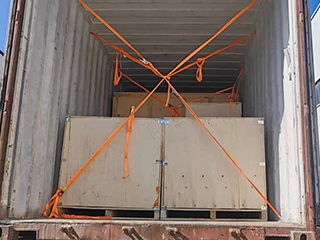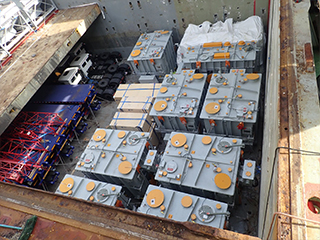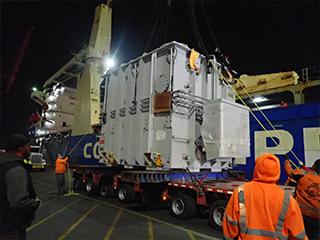110kV 115kV Power Transformer
- Primary Voltage Ratings 110kV, 115kV or others
- Secondary Voltage Ratings 11/10.5/6.6/6.3kV or customized
- H.V. Tap Range ± 8×2.5% HV taps or others
- Type Oil-immersed power transformer
- BIL up to 350kV
- Standards IEEE, ANSI, IEC
- Application Power transmission and transformation systems, large industrial parks, energy infrastructure projects etc
- Power Rating 5000-400000kVA
- Certificate UL , CESI , CE
- Cooling Method ONAN/ ONAF
- Opeartion Step Down & Step Up
Technical Specifications
| Rated Power | 5000-400000kVA |
| Rating Primary Voltage | 110kV, 115kV |
| Secondary Voltage |
6.3 kV 6.6 kV 10.5 kV 11 kV Customized |
| Frequency | 50/60Hz |
| Vector Group | Dyn11, YD11, YNd11 |
| Winding Material | Aluminum/Copper |
| Efficiency | As IEEE, CAS Std or Customized |
| Impedance Voltage | As IEC |
| Altitude | ≤1,000m or Customized |
| Enclosure material | Mid Steel |
| HV Bushing |
| LV Bushing |
| OLTC/NLTC |
| Lifting hook for complete transformer |
| Name plate |
| Oil temperature |
| Winding temperature |
| Radiators |
| Oil level |
| Pressure relief valve |
| CT |
Customization Optional
Packing and Shipping
In order to prevent any damage during transportation, the transformer will be placed in a sturdy wooden box, and the outside of the wooden box will be reinforced to ensure resistance to external impact and pressure. The box will be equipped with cushioning materials such as foam and pads to effectively prevent possible collisions and friction during transportation. At the same time, the sensitive parts of the transformer will be specially marked and protected with special protective covers.
In terms of transportation methods, considering the weight and volume of the transformer, suitable heavy trucks or containers are used for transportation to ensure that the transformer can move stably and safely during transportation. During transportation, we will strictly abide by various traffic safety regulations to avoid damage caused by improper transportation.
In order to ensure safety during transportation and smooth delivery, we have purchased full insurance for this transportation process to ensure timely compensation in case of accidents. Every detail has been carefully designed to ensure that the transformer can arrive at the customer's designated location smoothly and without damage.
Upon arrival at the destination, customers can confirm the integrity and functionality of the transformer by unpacking and inspecting the goods. If there are any abnormalities during transportation, relevant personnel will immediately take emergency measures to ensure that the transformer can be quickly resumed. This transportation guarantee service also includes an adaptability assessment of the destination environment to ensure that the transportation process will not be affected by bad weather or other unforeseen factors.
We are committed to providing the most professional service to ensure that customers' equipment is safe and worry-free during transportation. Through such strict packaging and transportation management, we guarantee that customers can arrive on time and in the best condition.
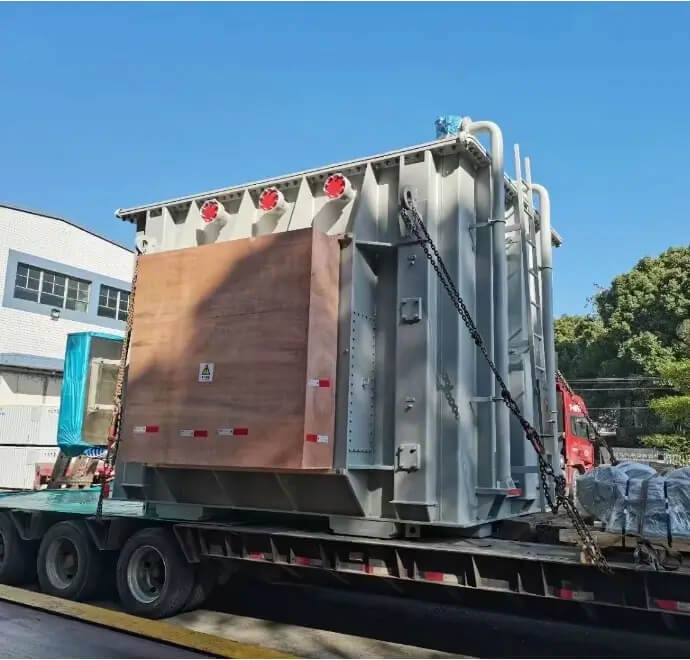
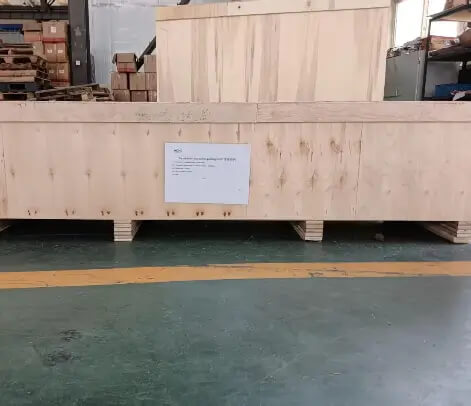
Manufacturer Test
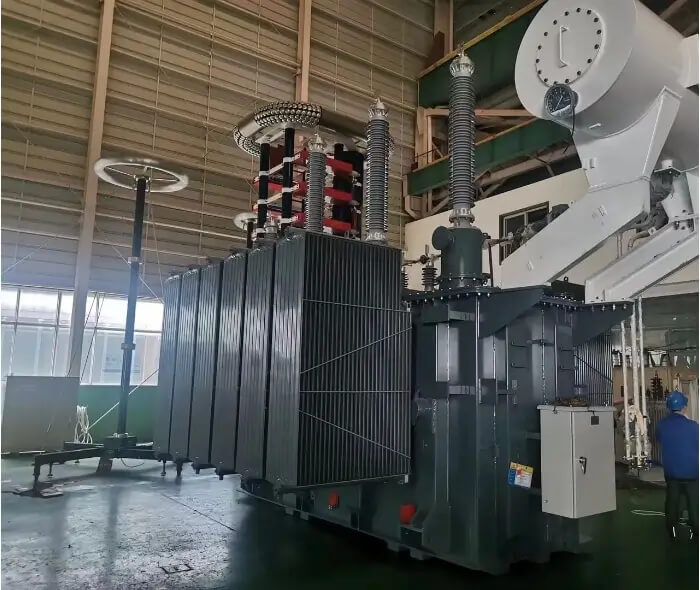
Progress test
During the manufacturing process of NPC ELECTRIC's 110kV 115kV power transformer, a series of detailed progress tests were carried out. First, engineers checked the mechanical structure and electrical performance of the transformer to ensure that all indicators met the design requirements. Next, no-load tests and short-circuit tests were performed to verify the stability and safety of the transformer under different working conditions. Subsequently, temperature rise tests were carried out to evaluate the heat dissipation effect of the transformer in long-term operation. Finally, the withstand voltage test was completed to ensure that the transformer can withstand the predetermined voltage level and ensure the reliability and safety of the equipment. Through these tests, it was ensured that the various performances of the transformer met the standards and were ready for use.
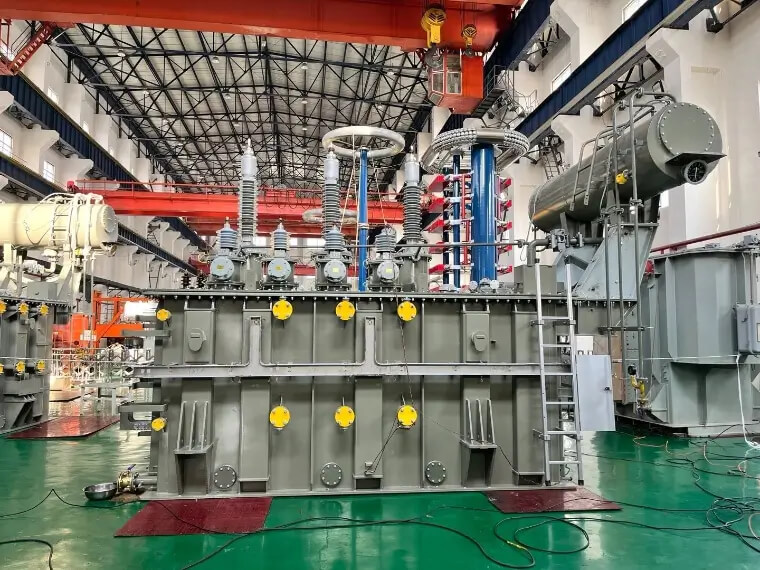
Design Tests
All transformers will be tested after finishing the production test items as below:
♦ Leak testing with pressure for liquid-immersed transformers
♦ Test of transformer oil
♦ Measurement of voltage ratio and check of phase displacement
♦ Measurement of winding DC resistance
♦ Measurement of d. c. Insulation resistance between each winding to earth, and check of the core and frame insulation
♦ Capacitive bushing test
♦ Measurement of dissipation factor (tan δ) of the insulation system capacitances, and determination of capacitances windings-to-earth
♦ Measurement of no-load loss and current at 90%,100%,110% of rated voltage
♦ Operation test on on-load tap-changer
♦ Measurement of short-circuit impedance and load loss
♦ Lightning impulse test
♦ Induced-voltage test with partial discharge measurement
♦ Auxiliary wiring check
♦ Current transformer test
♦ Frequency response analysis test
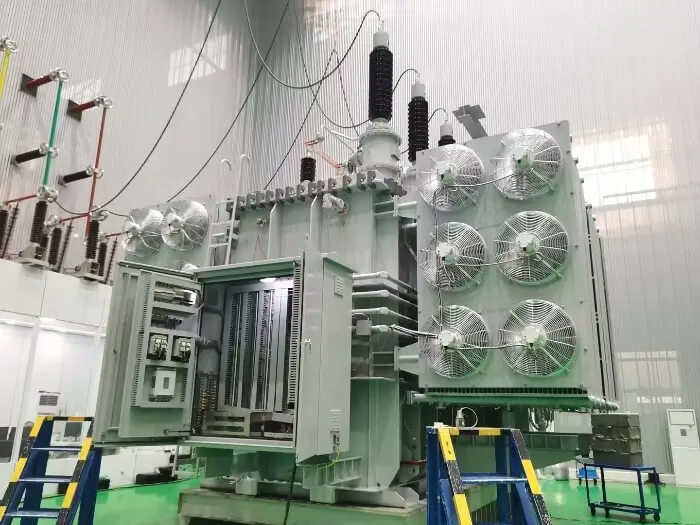
Transformer Factory Acceptance Test
NPC Electric conducts rigorous quality control testing on every transformer or representative samples, as well as on specific components and materials, to ensure compliance with design specifications throughout the production process.
The Factory Acceptance Test (FAT) for a power transformer is a critical step performed before shipment to verify that the unit meets all applicable standards and delivers optimal performance. The FAT includes the following key procedures:
Visual Inspection: Evaluates the transformer’s physical condition, including the enclosure, terminals, and labeling, to ensure conformance with design and safety requirements.
Electrical Testing: Involves measuring winding resistance, insulation resistance, and performing turns ratio tests to validate electrical integrity and functionality.
Dielectric Strength Test: Applies high voltage across the insulation system to ensure it can endure both normal and transient operating voltages without failure.
Load Testing: Simulates real-world operating conditions to assess the transformer’s voltage regulation, temperature rise, and overall efficiency under load.
Protection Device Testing: Verifies the proper operation of integrated protective components such as thermal sensors, temperature relays, and tap changers (if applicable).
Routine Test - Measurement Of Voltage Ratio And Check Of Phase Displacement
Phase Displacement Tester (also called Phase Angle Meter or Phase Sequence Meter)
Digital Multimeter (for basic checks)
Oscilloscope (for phase displacement)
Visually inspect the primary and secondary winding connections of the transformer to ensure that they are properly configured and accessible for testing. Ensure that the transformer tap settings are clearly labeled and can be adjusted if necessary.
Ensure all personnel are equipped with appropriate safety gear (e.g., gloves, safety glasses) and that proper grounding and earthing procedures are in place to prevent electrical accidents.
Begin by confirming that the transformer is de-energized and isolated from any live circuits. Set up the necessary testing equipment, including the voltage ratio tester, phase displacement tester, and any other required tools. Verify that all equipment is properly calibrated and ready for use. Voltage Ratio Measurement:
Apply a known voltage to the primary winding of the transformer using the voltage ratio tester. Measure the corresponding voltage at the secondary winding. Calculate the voltage ratio by comparing the primary and secondary voltages. Ensure that the measured ratio aligns with the transformer's rated specification. If the ratio deviates significantly, it may indicate an issue with the windings or tap settings.
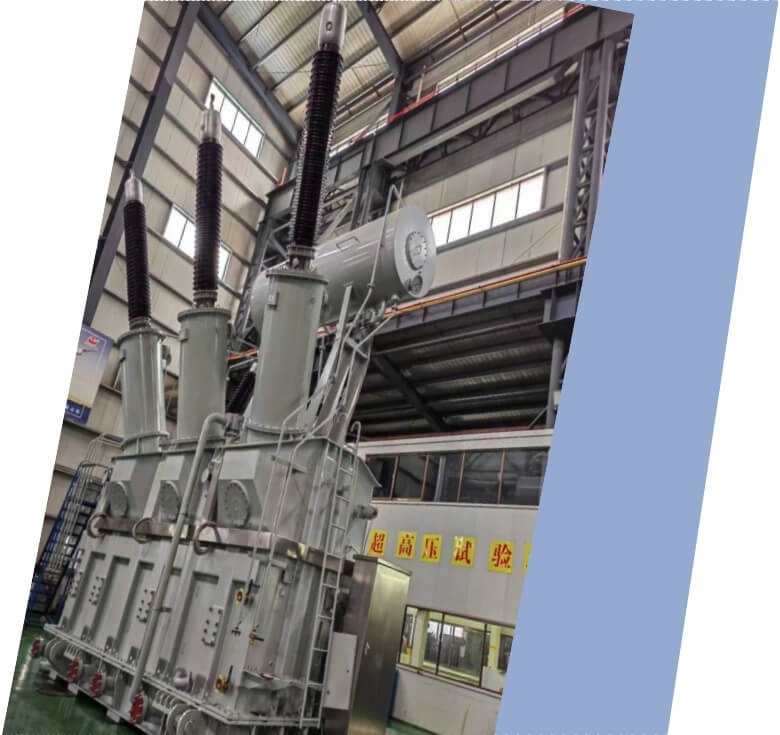
Application
Technical Advantages
Product Packaging
Related Products
FAQ From Customers
-
What is a Transformer?A transformer is an electrical device used to change the voltage of alternating current (AC). It works on the principle of electromagnetic induction, converting high-voltage current into low-voltage current or low-voltage current into high-voltage current. Transformers are widely used in power transmission, distribution systems, and various electronic devices.
-
What are the main uses of a transformer?The main use of a transformer is voltage conversion. Transformers are used in power transmission systems to help transfer electricity from power plants to consumers. In addition, transformers are also used in electronic devices such as chargers, televisions, power adapters, etc., to adjust the voltage to meet the requirements of different devices.
-
Do you have UL listed?Yes, our transformer has UL listed. We have exported to America many pad mounted transformer,substation transformer and HV.

